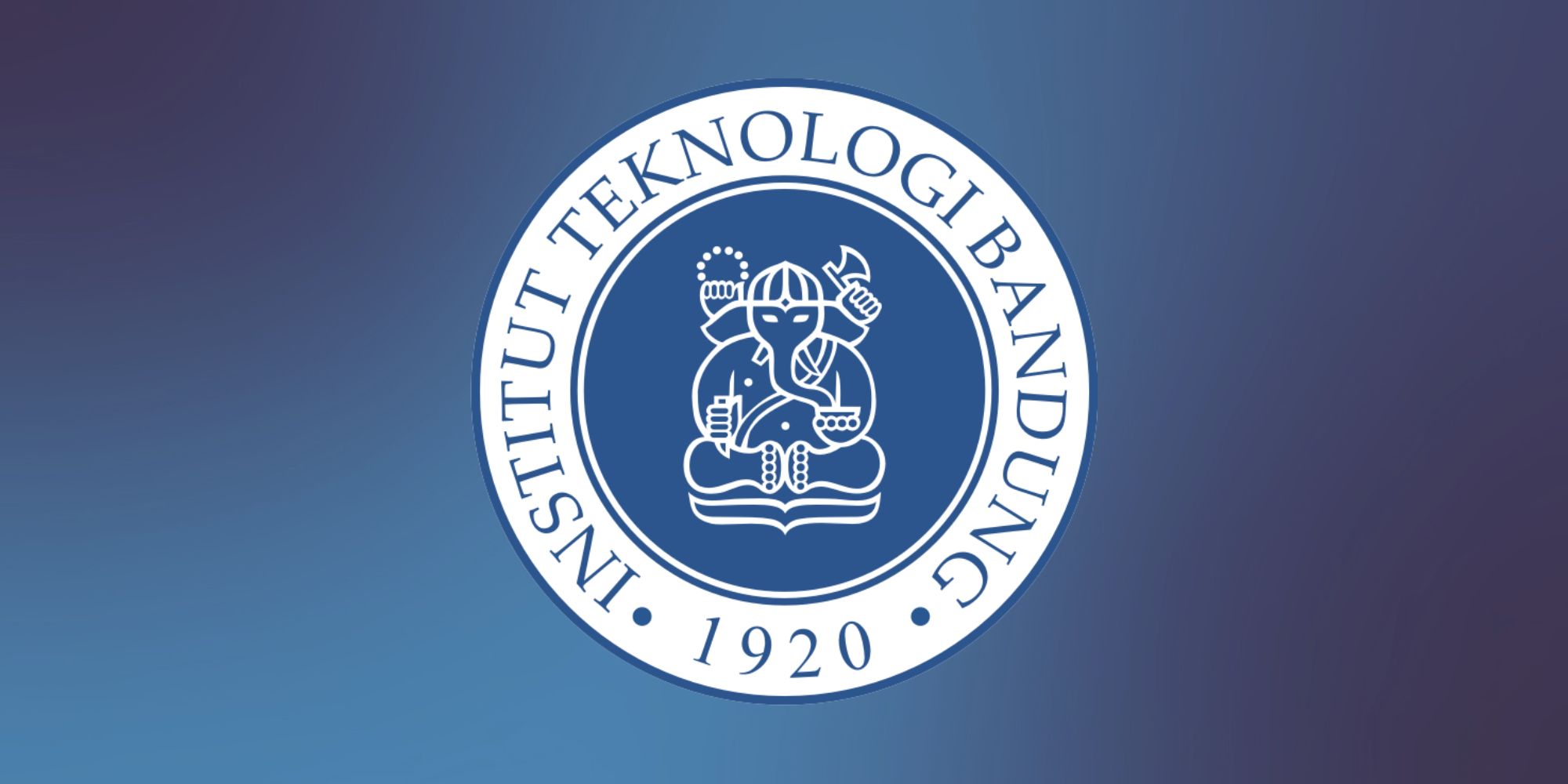Total Exploration on Former Tin Mining Land to Support the Mineral Conservation Program on Belitung Island
Minerals and metals are important materials that are used for the needs of modern society. Mining activities drive the local economy by providing jobs, infrastructure development and increasing income for the region and country. This is in line with sustainable development (Sustainable Development Goals – SDGs) launched by the United Nations and is one of Indonesia’s strategic programs, including eradicating poverty, providing friendly and cheap energy, creating areas with clean water and good sanitation. , as well as regional and community sustainability.
Tin mining activities in Indonesia began in 1851, started by the Billiton company which carried out exploration on Belitung Island. This tin mining activity continues to this day, and places Indonesia as the second largest tin exporting country in the world after China (World Mining Data, 2019). Tin mining activities on land are carried out by digging and separating the overburden to obtain layers of tin ore to be dispersed using a spray mining system or open mining.
Figure 1. Tin mining activities by people in Belitung
Considering the increasingly limited amount of tin reserves due to mining activities, further exploration of former mining areas is needed, especially in former community mining areas and disturbed areas. This region generally does not pay attention to the principles of mineral resource conservation and good mining practices. Exploration can be carried out by identifying the mineral characteristics of each overburden layer, kaksa and tailings layer (mining waste material).
Total exploration is carried out to conserve mineral resources and the potential for valuable secondary minerals such as rare earth minerals that have not been previously recorded. This non-conventional exploration method combines mineralogical and sensory studies, which can be applied to areas that have been affected, for example in active mines to search for new resources and reserves. The aim of this total exploration is expected to be to identify minerals that are characteristic of each layer, so that it is hoped that remaining reserves can be identified so that their feasibility can be reviewed again, which supports Indonesia’s Sustainable Development Goals program.
Figure 2. Kaolin mining activities in Belitung
This research on exploration in former tin mines was funded through the 2020 ITB Research scheme chaired by Dr.mont. Ir. Andy Yahya Al Hakim, with research member Ir. M. Nur Heriawan. P.hD. and Ir. Arie Naftali Hawu Hede, P.hD, and assisted by several undergraduate and postgraduate research assistants. The research results were published at the 3rd International Conference of The Arabian Journal of Geoscience (CAJG), Tunisia which was presented online. The Extended Abstract for this research can be downloaded on this page. A video presentation of this research has been uploaded on the YouTube channel at this link.

